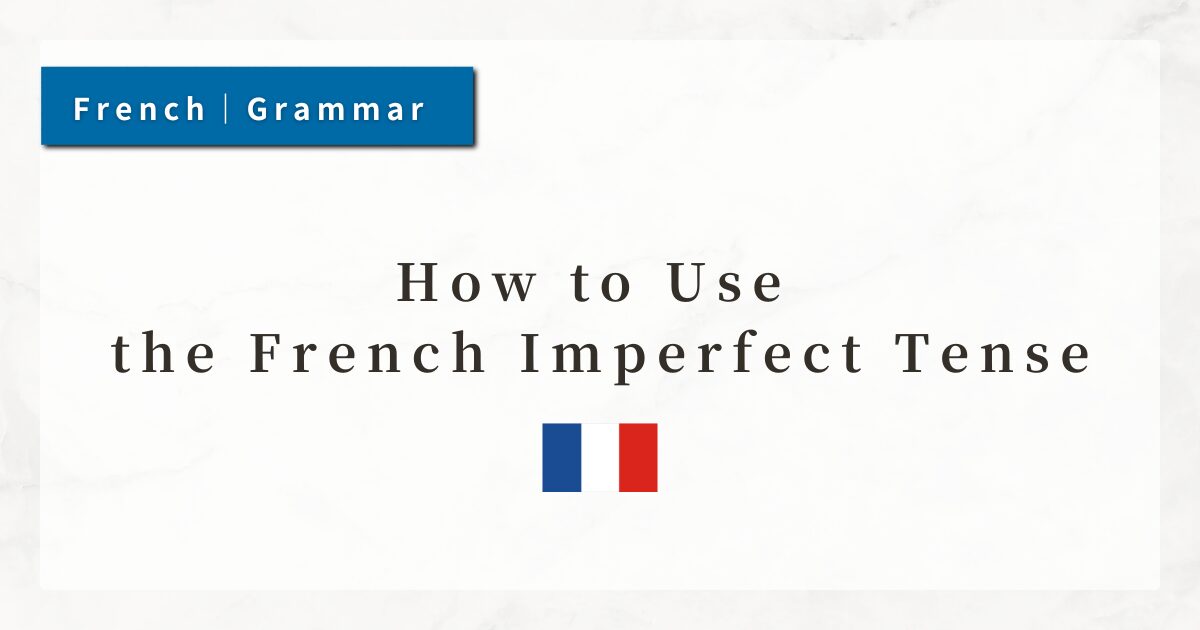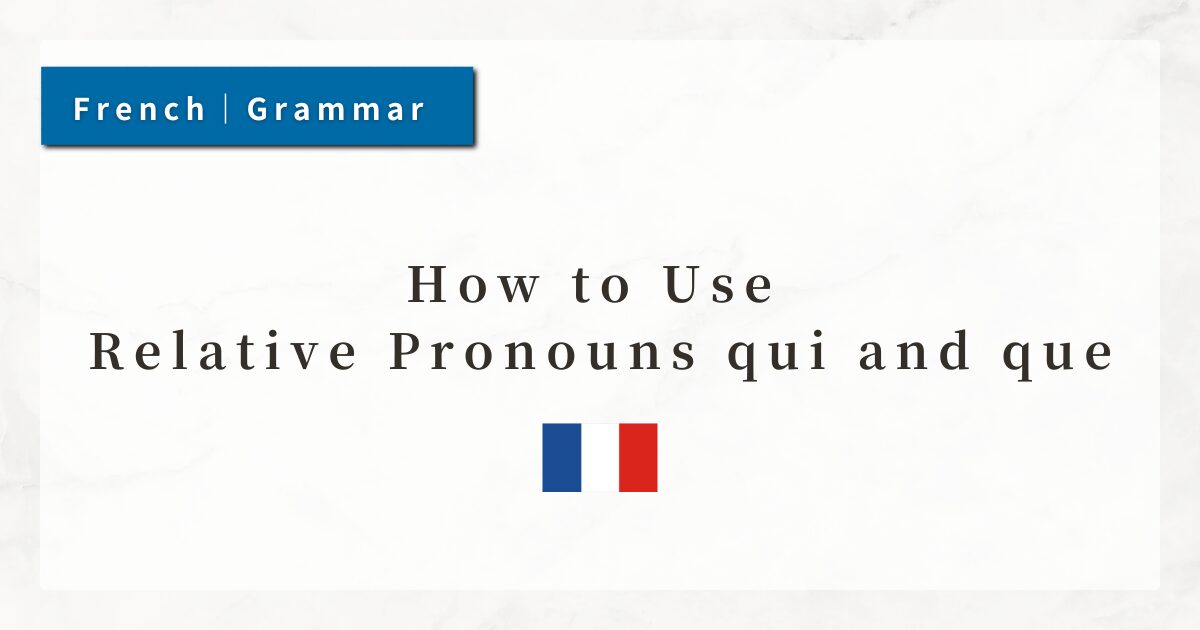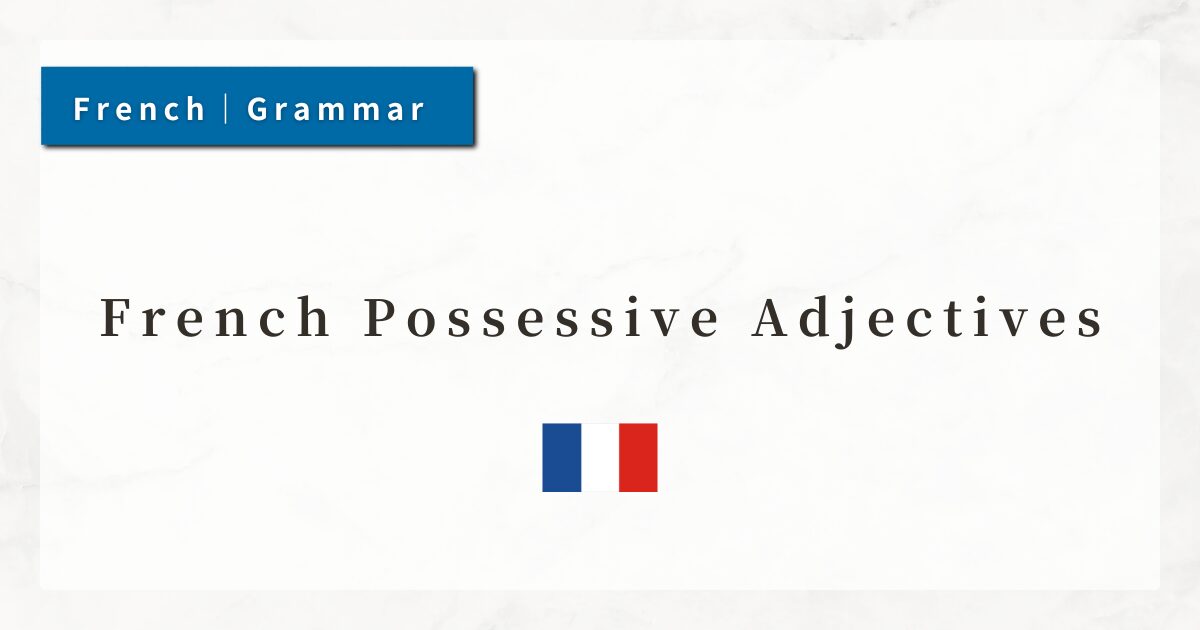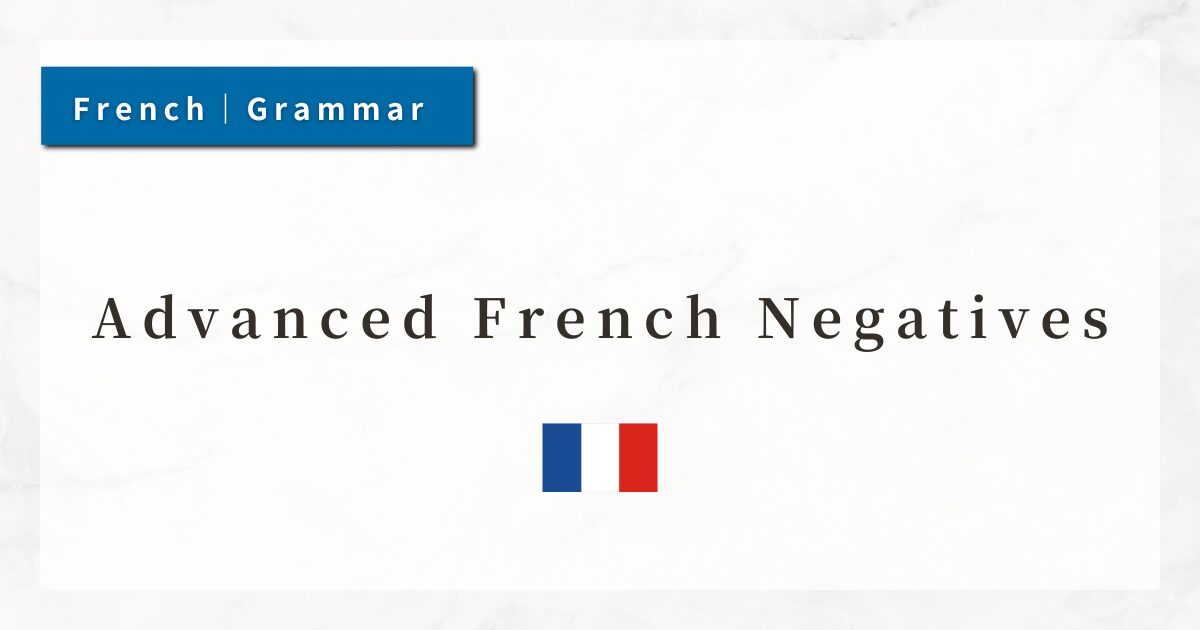#39 French Infinitive Constructions | Basic Rules and Usage
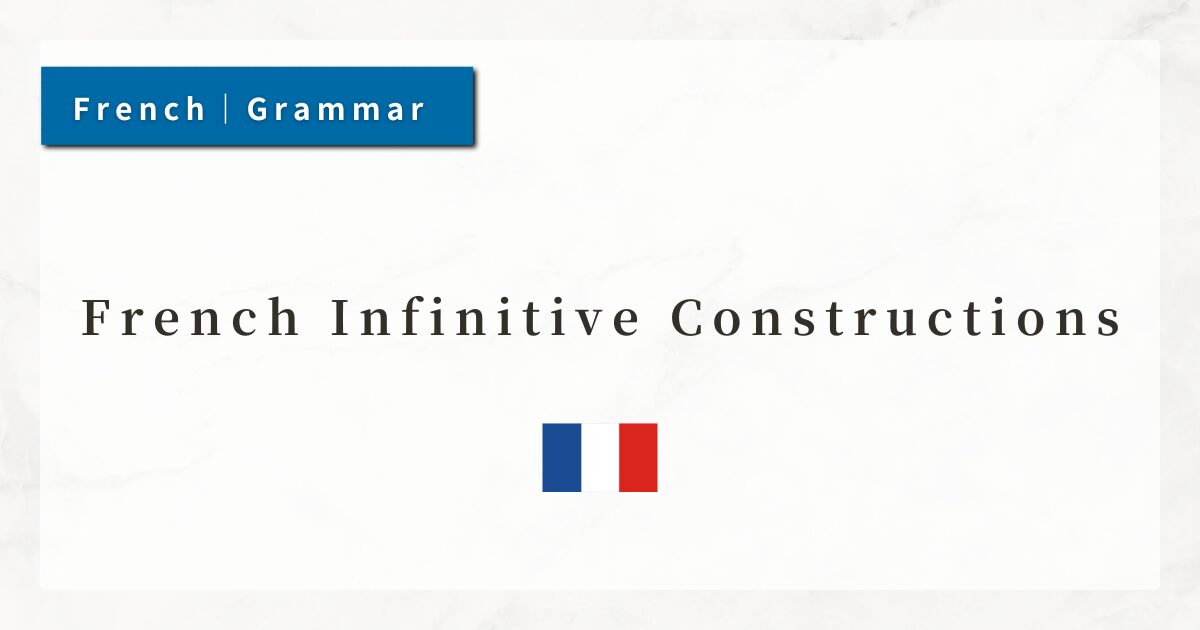
In French, when expressing emotions or intentions such as “to like” or “to want,” it is common to place an unconjugated verb (the infinitive) after another verb.
This structure is called the infinitive construction. It is one of the most frequently used sentence patterns in both spoken and written French.
In this lesson, I will explain how to form infinitive constructions, their meaning, and practical tips for using them correctly.
1. The Basics of the Infinitive Construction
An infinitive construction is a sentence pattern where verbs expressing emotions, preferences, or intentions are followed by an infinitive (the base form of a verb).
The infinitive functions as a noun, expressing actions or states such as “to do” or “doing.” This is similar to English structures like “like to do” or “want to do.”
- J’aime lire.
(I like to read.)
→ aimer (to like) + lire (to read, infinitive)
Here, the action “to read” is expressed by the infinitive and connected to the feeling of “liking.”
2. Common Verbs That Take an Infinitive
Certain verbs can be followed directly by an infinitive without any preposition:
- aimer (to like)
- adorer (to love)
- préférer (to prefer)
- détester (to dislike)
- vouloir (to want)
- souhaiter (to wish)
- espérer (to hope)
- savoir (to know how / to be able to)
3. Expressing Actions as Nouns
Although infinitives are verbs in form, they act as nouns within a sentence.
- J’aime lire.
(I like reading books.)
The subject is je (“I”), and what is liked is the act of “reading.” lire represents the action in a nominal way.
This structure is similar to English “I like to read” or “I like reading.”
4. Subject and Agent of Action Are the Same
In infinitive constructions, the subject of the sentence is also the one performing the action expressed by the infinitive.
- Il veut dormir.
(He wants to sleep.)
The subject il (he) is also the performer of dormir (to sleep). If a different subject is required, another construction using the conjunction que must be used instead.
5. Negation in Infinitive Constructions
When negating, the infinitive itself remains unchanged. Instead, the main verb (aimer, vouloir, etc.) is placed within “ne … pas.”
- Je n’aime pas danser.
(I don’t like dancing.) - Il ne veut pas sortir ce soir.
(He doesn’t want to go out tonight.)
The infinitive is not directly negated; the negation applies to the main verb.
6. Verbs That Require à or de
In this lesson, we focused on verbs that take the infinitive directly, such as aimer + infinitive.
However, not all verbs follow this pattern. Some require a preposition before the infinitive:
- commencer à faire
(to begin to do) - essayer de faire
(to try to do)
It is important to distinguish between these groups of verbs.
7. Summary
- The French infinitive construction is a fundamental pattern used to express feelings, desires, or abilities, such as “to like to do” or “to want to do.”
- Verbs like aimer, vouloir, savoir are followed directly by an infinitive.
- The subject of the sentence and the agent of the infinitive action are the same.
- Negation does not affect the infinitive itself but applies to the main verb.
- Some verbs require à or de before the infinitive, so it is best to first focus on verbs that take the infinitive directly.

